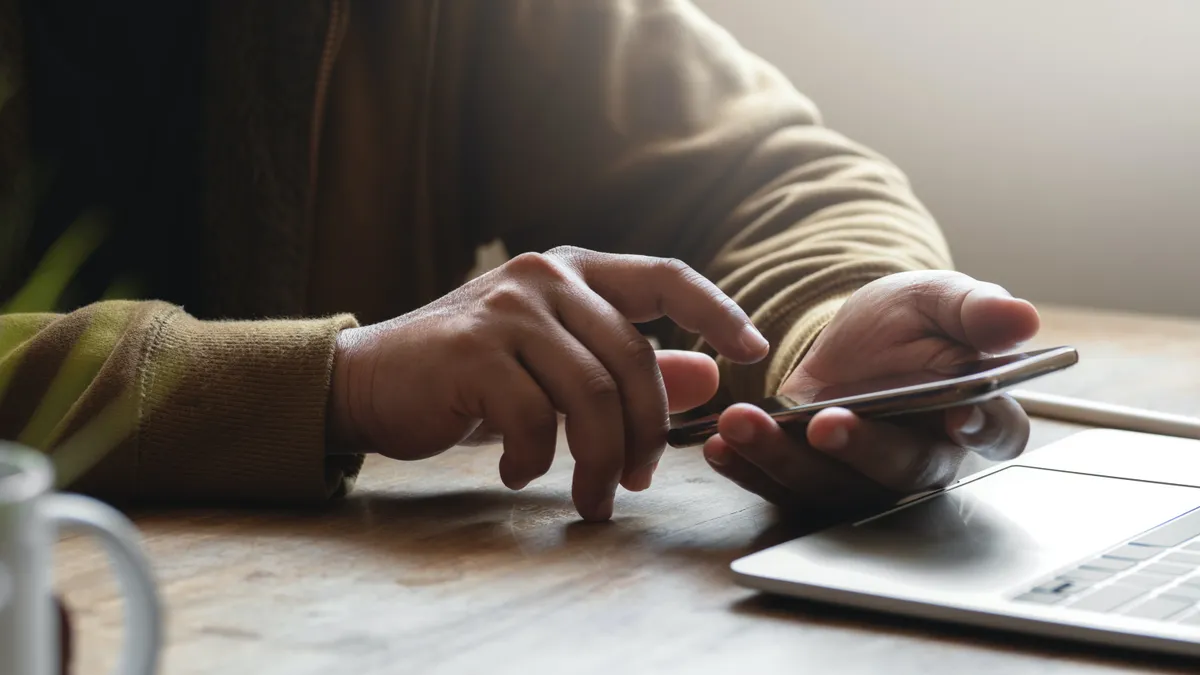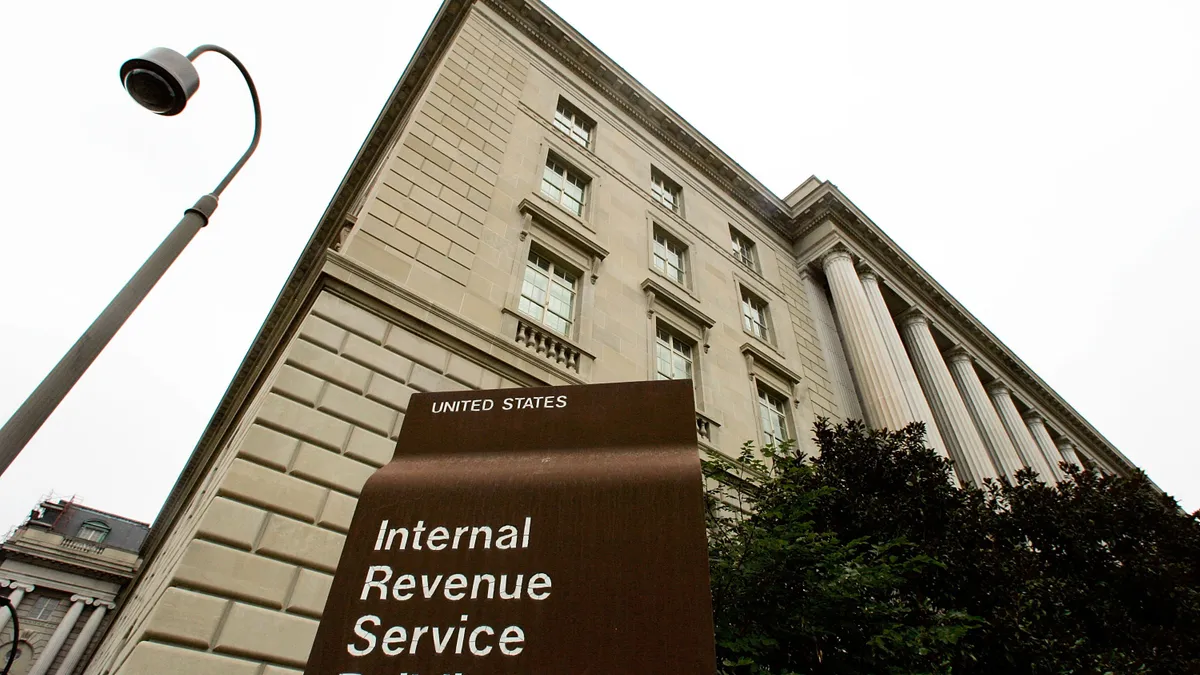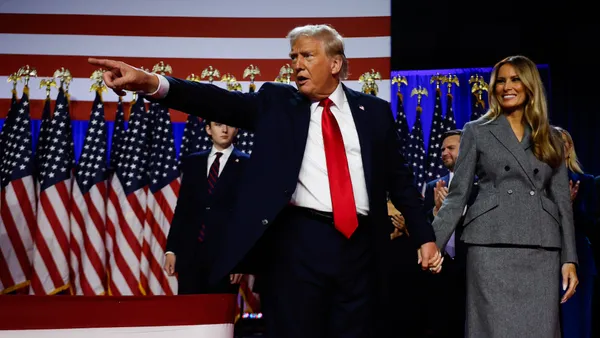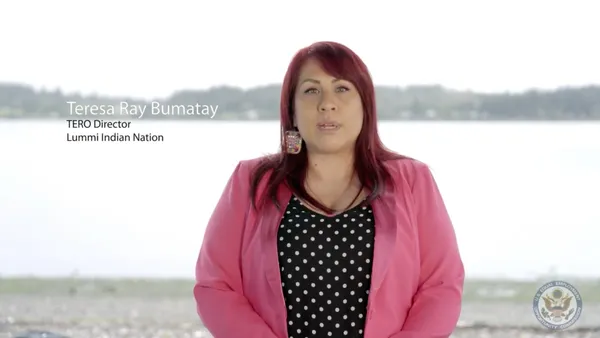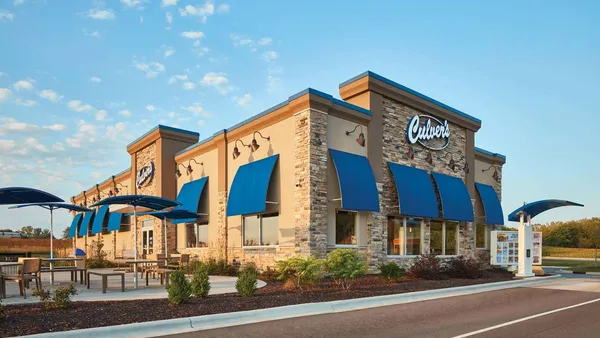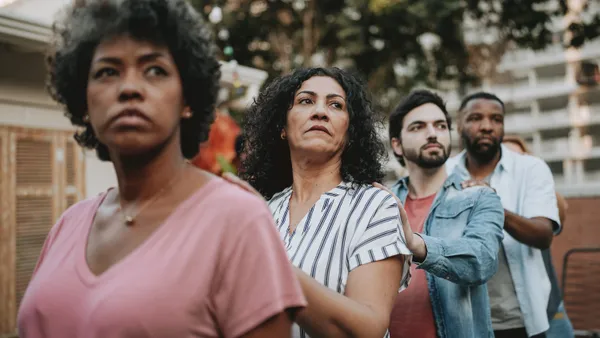Dive Brief:
- Twitter will compensate members of its business resource group leadership team for their extra work, Dalana Brand, vice president of people experience and head of inclusion and diversity at Twitter said in a Sept. 30 blog post. "This work is essential to Twitter's success — it is not a 'side hustle' or 'volunteer' activity,'" she said; business resource groups "are the lifeblood of inclusion efforts at Twitter."
- Brand also highlighted progress toward the Twitter's 2025 representation commitments. The tech company's Inclusion and Diversity Report, also released Sept. 30, focused on the impact of the #BlackLivesMatter movement within the company and society at-large. As of the end of Aug. 2020, overall representation of Black employees in the U.S. increased to 6.3% from 5.8% in 2019. For the same time period, the representation of Black employees in technical roles increased to 5.1% from 4.2%; and representation in leadership roles is at 5.7%, up from 5%. Women are represented in 24.8% of Twitter's technical roles and 37.8% of leadership in roles.
- By 2025, Twitter said it aims for women to represent half of its workforce and for "underrepresented minorities" to comprise a quarter of its U.S. workforce, at least 10% of which will be Black employees, according to the report.
Dive Insight
Business resource groups, also known as employee resource groups or affinity groups, are employee-led groups formed around common backgrounds, such as gender, ethnicity and sexual orientation.
Such groups often aren't provided with the resources needed to operate, but Twitter is aiming to change that narrative. Resource group leaders "not only perform their core job function, but they also commit to leading a diverse community of up to hundreds of Tweeps around the world," Twitter said via email. "In addition to the formal comp program we've recently introduced for all [business resource group] global co-chairs, we have implemented several enhancements to our global [business resource group] programs over the past year."
The company expanded each group's global leadership team to up to six "Tweeps." Twitter reworked performance reviews to include a goal that focuses on leadership contributions to resource groups, and "any work that is #GoodForTwitter so that managers are empowered to discuss and acknowledge the work as part of regular performance reviews," according to the company. In addition, Twitter launched an annual resource group leadership summit for leaders to connect with executive leaders at the company and share best practices across groups.
Twitter has nine resource groups. Blackbirds, a group for Black employees founded in 2012, "is one of our oldest, largest, and most well known," Brand said. "In the past year alone, membership has grown by more than 100% — a testament to the strength of our Blackbirds community and their allies, she said.
Brand also noted in the blog post that the numbers reflecting the representation of Black Twitter employees "aren't nearly big enough, especially in technical and leadership roles, but they do show that Twitter strives to be a leader of our industry when it comes to representation of Black employees." Public reports from tech companies have shown that although gains have been made in overall workforce racial diversity, there has been less improvement at the leadership level. For example, at Facebook, Black employees in the U.S. are represented in 9% of non-technical roles and 3.4% of leadership roles. From 2014 to 2020, the representation of Black employees in technical roles at Facebook increased slightly — 1% to 1.7%. "Increasing representation in technical roles, and overall, remains a major focus of our efforts in the immediate and long term," Maxine Williams, Facebook's chief diversity officer, said in a July blog post.
"The road to racial equality is long, but I'm proud of the steps we've taken to lay the foundation for us to continue to drive progress," Brand said. Although Brand's blog post this month "is mostly focused on the urgent call for change within the Black community in the U.S., we know that this echoes throughout our work with underrepresented groups around the world," she said.



